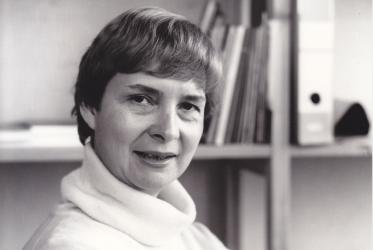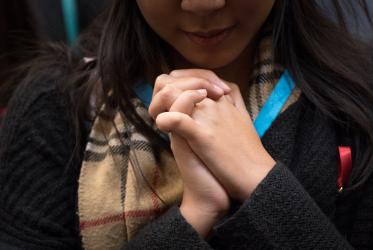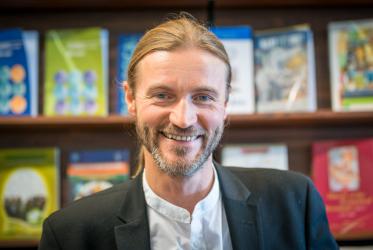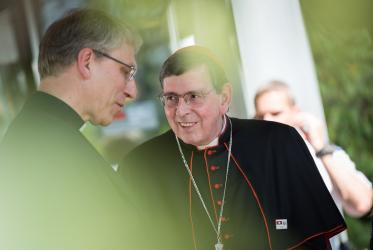Evangelical Church of the Augsburg and Helvetic Confessions in Austria
(Evangelische Kirche Augsburgischen und Helvetischen Bekenntnisses / A.u.H.B. in Österreich)
For purposes of legal recognition by the government, the Evangelical Church of the Helvetic Confession (Reformed) and the Evangelical Church of the Augsburg Confession in Austria (Lutheran) form together an ecclesiastical entity called the Evangelical Church of the Augsburg and Helvetic Confessions, a designation which provides for cooperation in certain areas but leaves the two groups fully independent in matters of confessional identity and administration. The dual legal entity both churches agreed to, with the obligation to follow in the way of the reformers, is the basis of Austrian Lutheran and Reformed participation in the WCC, an arrangement akin to that of Germany's Lutherans and Reformed, participating under the Evangelical Church in Germany (EKD). Austrian Lutherans are members of LWF through their own ecclesiastical body, the ECAC, just as the Reformed are members of WCRC through their own Reformed Church of Austria.
The Reformation reached the area of what is today called Austria very early. By the end of the 16th century two thirds of the population were touched by it. At that time a systematic counter-reformation was started in the Habsburg empire. Evangelical preachers had to leave the country, churches were destroyed, books and writings burned. Citizens as well as farmers had to choose between emigration or return to the Catholic Church. For more than three generations they had to decide for their faith or their home country. Thousands chose to emigrate, many turned back to Catholicism and some stayed Evangelicals in their heart. A "secret Protestantism" was able to survive for decades, mainly by withdrawing to the hardly accessible valleys in the mountains of Carinthia and Upper Austria. During this period of persecution evangelical worship services were allowed only in Vienna. In 1781 the emperor issued a Deed of Tolerance, and in 1861 the Protestants were granted complete freedom of confession and public practice of religion. During the "Free from Rome" movement in the late 19th and early 20th century many Catholics joined the Protestant churches. The ideological trends of the 1930s brought about a severe time of testing for Protestants. A few men and women raised their voice and offered resistance but the church as a whole did not follow them. The influx of German refugees from central and eastern Europe after World War II, and of Hungarians after the uprising of 1956, increased once again the membership of the Protestant churches.
Lutheran and Reformed Christians in Austria have been working together in areas of spiritual and administrative concern for many years. One of the reasons is that in both churches membership is mixed, i.e. the Lutheran Church has Reformed members, and the Reformed Church has Lutherans. The law for Protestants voted in 1961 by the Austrian parliament provided for the legal autonomy of the churches and public support for the Protestant faculty of theology, for religious instruction in schools, and for military chaplaincies and church-related welfare services. Finding itself in the very centre of Europe, the church makes great efforts to promote dialogue with various Christian communities in neighbouring nations, in particular in the Czech Republic, Slovakia, Hungary, Slovenia, Croatia, Serbia and Montenegro, Italy, Germany and Switzerland. Through its theological faculty in Vienna it contributes to the ongoing European theological debate.



